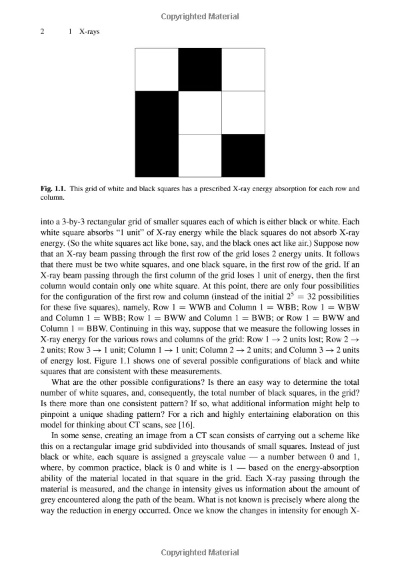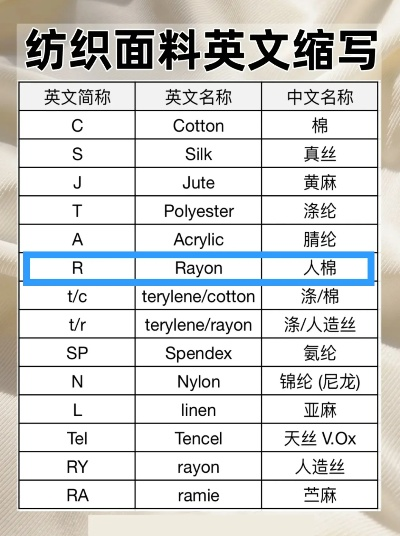Understanding and Managing Textile Defects:A Comprehensive Guide
"Understanding and Managing Textile Defects: A Comprehensive Guide" is a comprehensive guide on how to understand and manage textile defects. The guide provides readers with an understanding of the different types of textile defects and their causes, as well as practical tips for identifying and repairing these defects. It covers topics such as colorfastness, shrinkage, wrinkles, and pilling, among others. Additionally, the guide provides readers with valuable information on how to choose the right materials and techniques for repairing textile defects. Overall, "Understanding and Managing Textile Defects: A Comprehensive Guide" is a valuable resource for anyone working with textiles, whether they are manufacturers, retailers, or consumers.
Introduction: Textiles, the fabric of modern life, are an integral part of our daily existence. They come in various forms such as clothes, curtains, carpets, and more. However, despite their importance, textiles can often suffer from defects that affect their quality and functionality. In this guide, we will explore common textile defects, including their causes, impacts, and how to address them effectively. We will also provide some practical tips for spotting these issues during the production process and how to prevent them from reoccurring. By understanding and managing textile defects, we can ensure that our garments last longer and perform better, making them a valuable investment in our wardrobes.
Common Textile Defects:
- Fabric Deficiency: This refers to areas of the fabric where the fiber count is less than the specified amount, resulting in a weaker material.
- Fabric Imperfection: This includes irregularities like holes, tears, or uneven stitching.
- Fabric Shrinkage: As the fabric dries, it may shrink, causing dimensional changes that affect the garment's fit.
- Fabric Texture Issues: These include bumpy or rough textures that may not be pleasing to the touch.
- Fabric Color Distortion: Changes in color intensity or hue may occur due to manufacturing processes or dye transfer issues.
- Fabric Pattern Mismatch: If the pattern on the fabric does not match the printed design, it can result in discoloration or misalignment.
- Fabric Dye Blotch: This occurs when dye transfers onto the wrong area of the fabric, affecting its appearance.
- Fabric Stains: Failure to treat fabric properly can lead to permanent stains that are difficult to remove.
- Fabric Static: This is caused by the presence of static electricity, which can cause unwanted wrinkles or creases in the fabric.
- Fabric Flaws: These include blemishes like pills, fuzz, or other imperfections that mar the overall appearance of the fabric.
Causes of Textile Defects: The reasons behind these defects can vary depending on the specific type of textile and the manufacturing process used. Some common causes include:
- Incorrect Fiber Mixture: Using the wrong type of fibers can lead to deficiencies in strength and durability.
- Inadequate Dyeing Process: Poor dyeing techniques can cause color distortion or bleeding.
- Inappropriate Weaving Techniques: The way the fabric is woven can affect its texture and finish.
- Insufficient Drying Time: Prolonged exposure to heat or humidity can cause shrinkage and warp.
- Incorrect Pressing Techniques: Not pressing enough or using the wrong pressure can lead to dimensional changes.
- Inadequate Treatment of Finishing: Failure to properly treat the fabric can result in stains or static issues.
- Incorrect Packaging: Improper storage conditions can cause fabric damage or degradation over time.
Impact of Textile Defects: Defects in textiles can have significant impacts on both the consumer and the manufacturer. Here are some examples:

- Consumer Impact: Consumers may choose to return defective items, leading to lost sales and negative reviews.
- Manufacturer Impact: Defects can increase production costs and reduce brand reputation, potentially leading to decreased customer loyalty.
- Environmental Impact: Untreated stains or poor finishing can lead to increased waste and environmental pollution.
Addressing Textile Defects: To effectively manage textile defects, manufacturers must implement stringent quality control measures throughout the production process. Here are some practical tips:
- Regular Quality Checks: Conduct regular inspections of finished products to identify any defects early on.
- Use of Advanced Technology: Adopting new technologies like computer-aided design (CAD) and digital printing can improve precision and reduce errors.
- Proper Training: Train workers on proper handling and finishing techniques to minimize human error.
- Implementing Quality Control Standards: Set clear standards for quality control and hold employees accountable for meeting them.
- Investing in Advanced Production Machinery: Use high-quality equipment that reduces the risk of defects during the manufacturing process.
- Ensuring Proper Storage Conditions: Store fabrics in appropriate temperature and humidity conditions to prevent degradation over time.
- Educating Customers: Clearly communicate the care instructions for each product to avoid unnecessary damage from improper use.
Conclusion: Textile defects can be a significant challenge for manufacturers looking to produce high-quality products. By understanding the causes and impacts of these defects, along with implementing effective strategies for addressing them, we can ensure that our garments meet the highest standards of quality and durability. Remember, investing in quality control measures and training staff to handle textiles properly can significantly extend their lifespan and enhance their performance. So let's work together to create textiles that not only meet but exceed our expectations!
大家好,今天我们来聊聊纺织品的疵点问题,在纺织品的生产过程中,疵点是一个不可避免的问题,它们不仅影响产品的外观和质量,还可能影响到消费者的使用体验,了解并识别纺织品中的疵点是非常重要的。
在纺织品生产中,常见的疵点类型包括纱线断裂、色差、织物起皱、纱线杂质等,这些疵点可能是由于多种原因造成的,例如原料质量、生产工艺、设备故障等,为了更好地了解这些疵点,我们可以将其分为几个类别进行讨论。
纱线断裂
纱线断裂是纺织品生产中常见的疵点之一,可能的原因包括原料质量不佳、生产工艺不当、设备故障等,在检测纱线断裂时,我们可以使用显微镜观察纱线断口,以确定其具体原因。
色差
色差是纺织品中常见的问题之一,可能的原因包括染料质量不佳、染色工艺不当、设备老化等,为了解决色差问题,我们需要对染料和染色工艺进行严格控制,确保其符合标准,我们还可以通过调整设备参数来改善色差问题。

案例分析
下面我们通过一个具体的案例来详细说明纺织品疵点的问题。
某品牌纺织品生产过程中出现纱线断裂问题
该品牌在生产过程中遇到了纱线断裂的疵点问题,经过调查,发现是由于原料质量不佳导致的,针对这一问题,该品牌采取了改进原料采购和质量控制的方法,确保原料的质量符合标准,该品牌还加强了设备的维护和保养,以确保设备正常运行,经过一段时间的努力,该问题得到了有效解决。
英文表格补充说明
以下是英文表格,用于补充说明纺织品疵点的问题:
| 疵点类型 | 描述 | 原因分析 | 解决方法 |
|---|---|---|---|
| 纱线断裂 | 纱线断裂长度过大 | 原料质量不佳或生产工艺不当 | 改进原料采购和质量控制方法 |
| 色差 | 色斑明显 | 染料质量不佳或染色工艺不当 | 对染料和染色工艺进行严格控制,确保符合标准 |
| 织物起皱 | 起皱程度过重 | 设备老化或操作不当 | 加强设备维护和保养,调整设备参数 |
| 纱线杂质 | 纱线杂质数量过多 | 设备故障或操作失误 | 检查设备并采取相应措施解决故障问题 |
总结与建议
纺织品疵点是一个复杂的问题,需要从多个方面进行考虑和处理,在生产过程中,我们需要严格控制原料质量、生产工艺和设备参数等关键因素,以确保产品的质量和稳定性,我们还需要加强质量检测和监控,及时发现并解决疵点问题,我们还可以通过技术创新和改进生产工艺来提高产品质量和生产效率,了解并识别纺织品中的疵点是非常重要的,只有这样才能确保产品的质量和消费者的使用体验。
Articles related to the knowledge points of this article:
The Story of Lanzhou Haitao Textile Company
Textiles Smoke Dyeing Durability Testing Standards
Exploring the World of Textiles:A Comprehensive Guide to Material Selection



